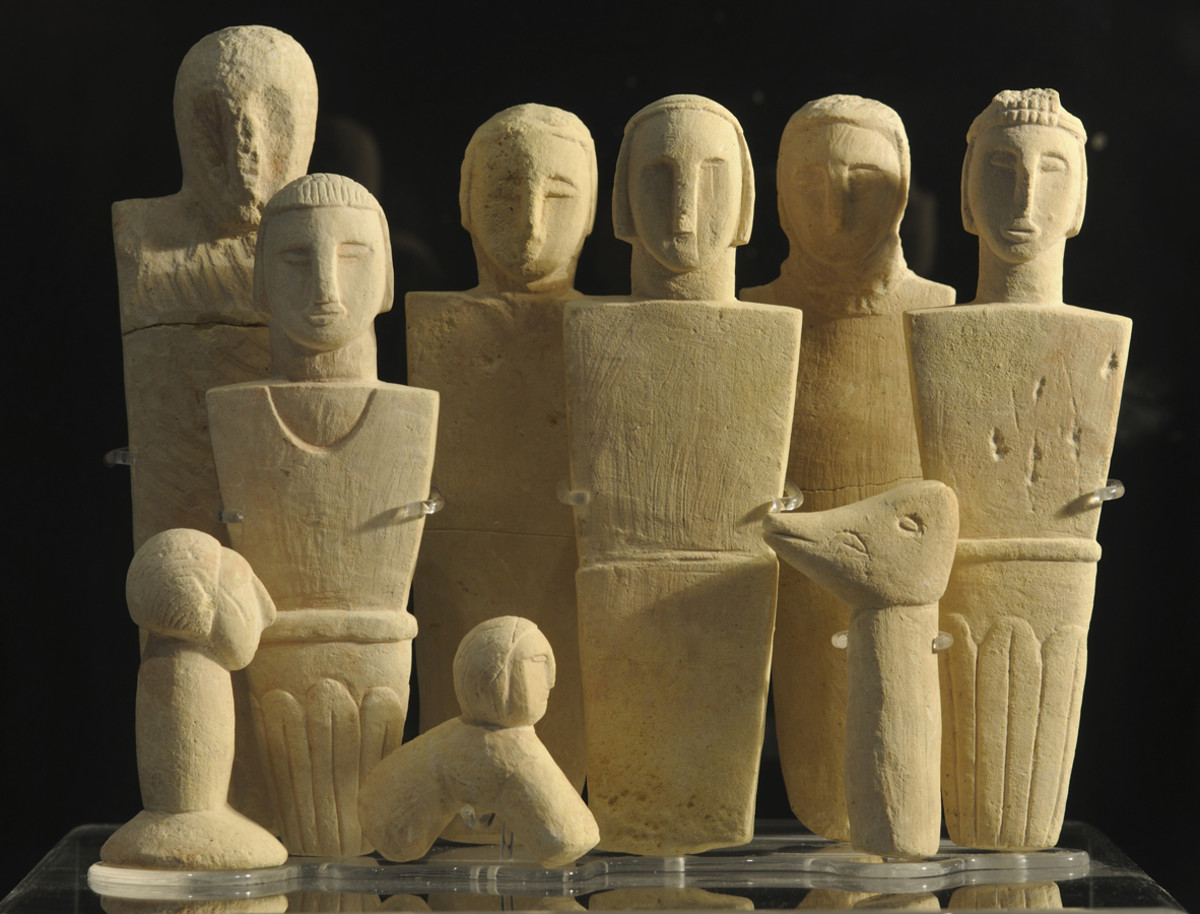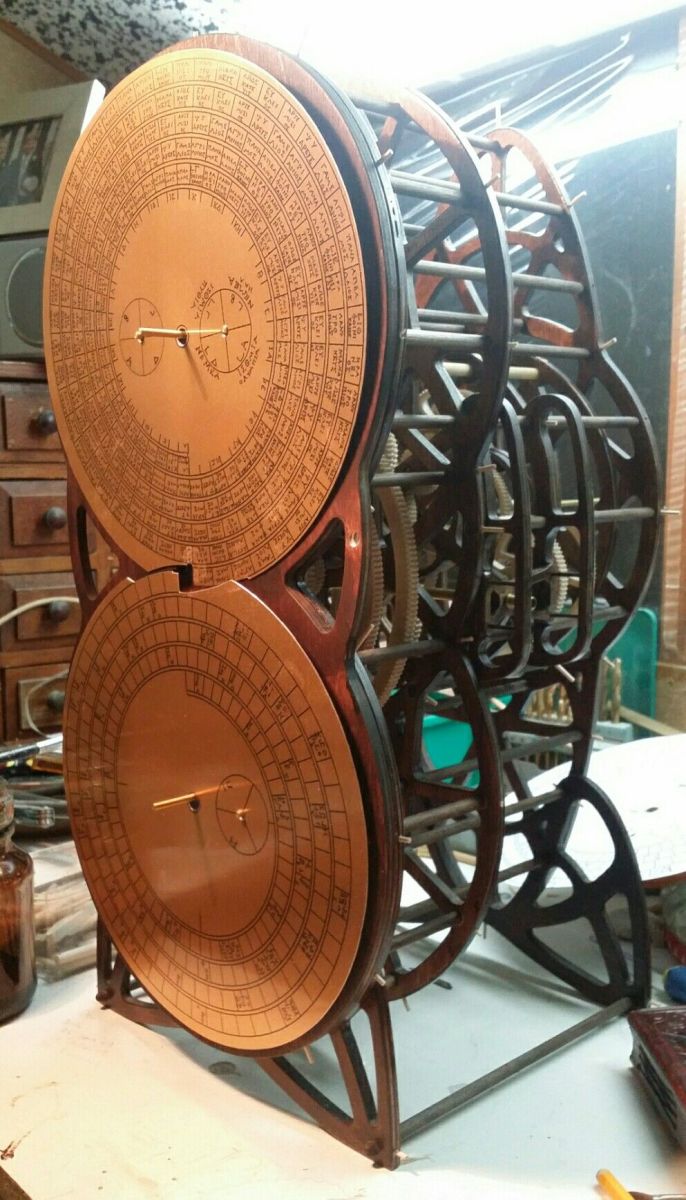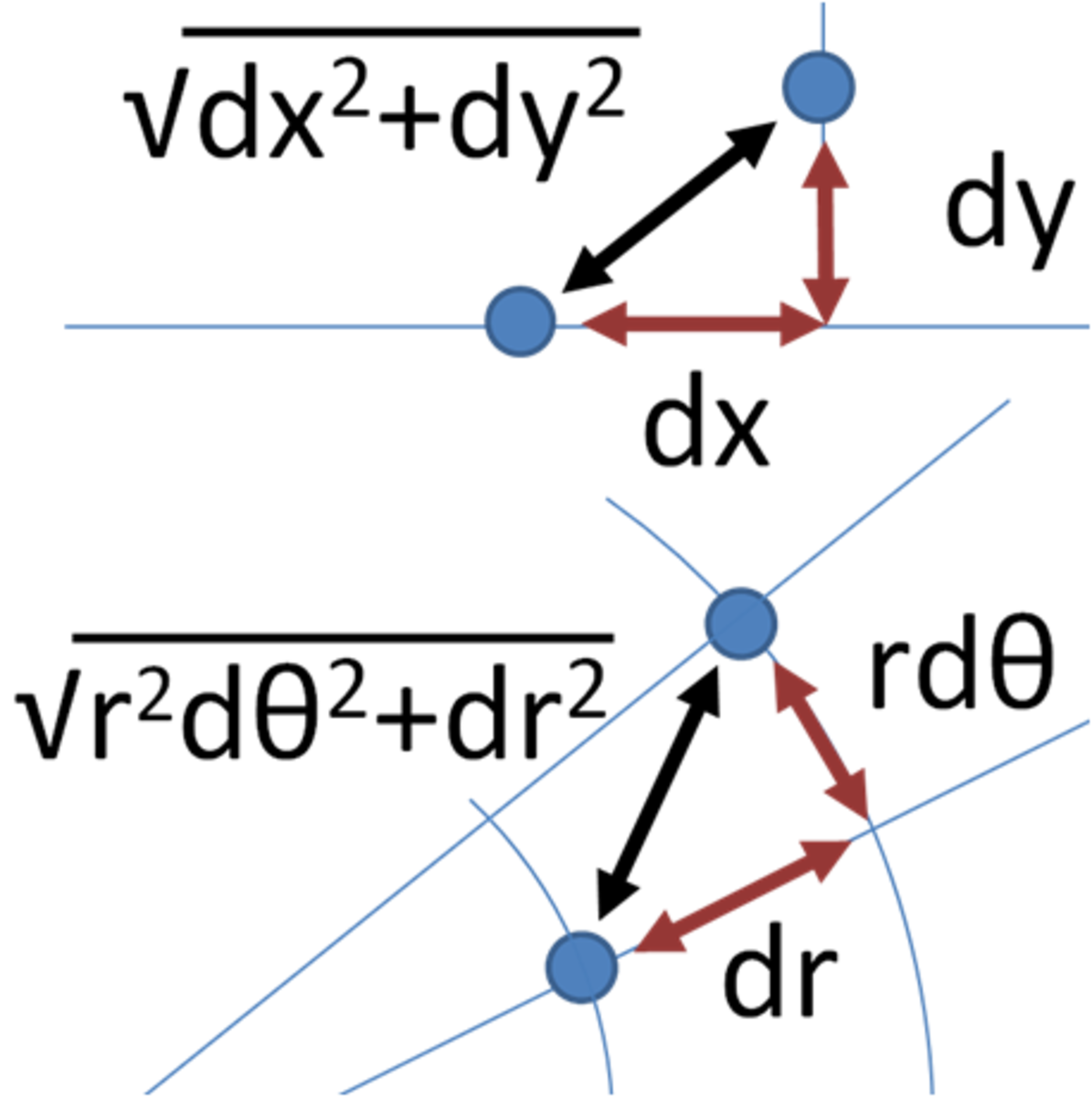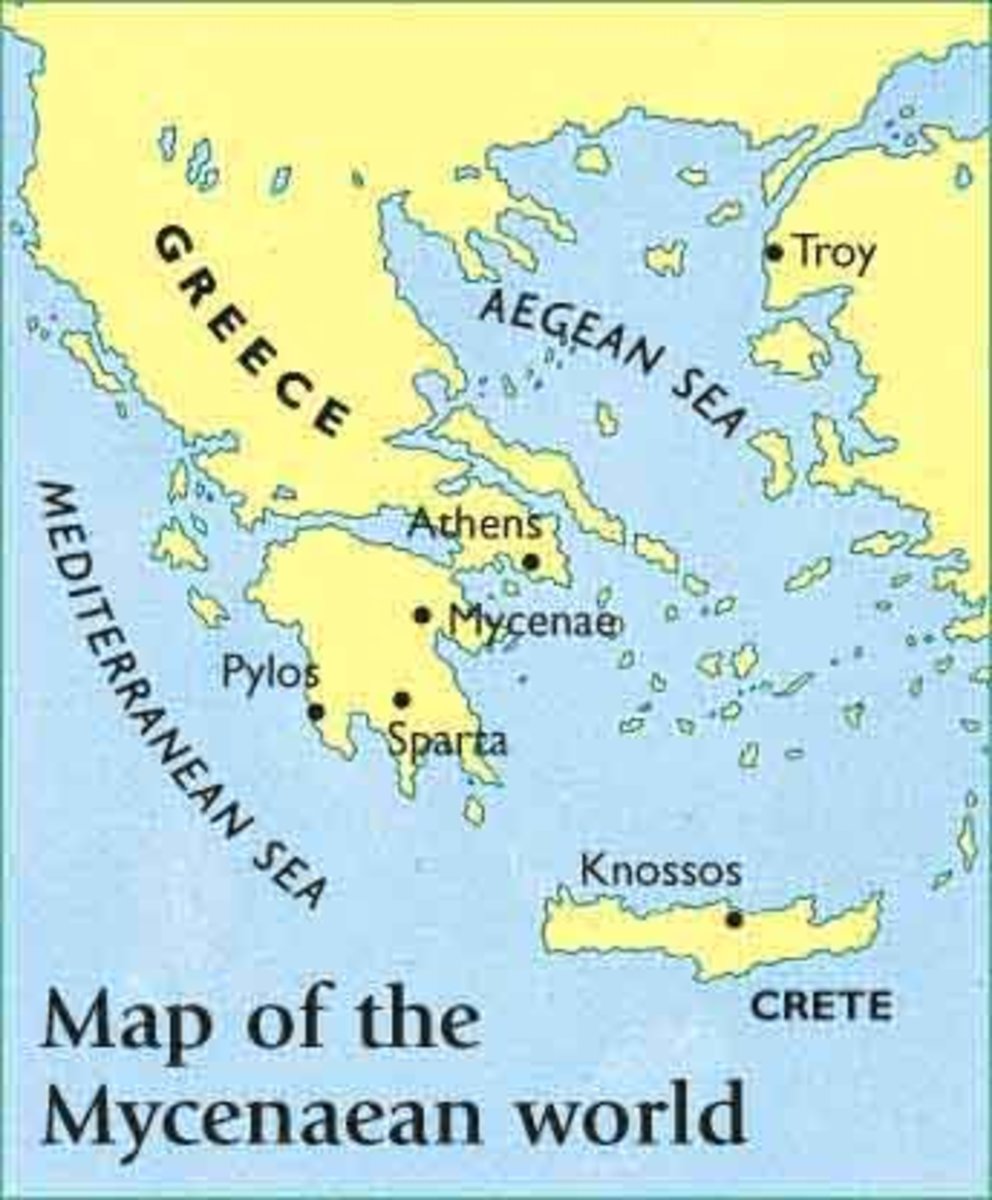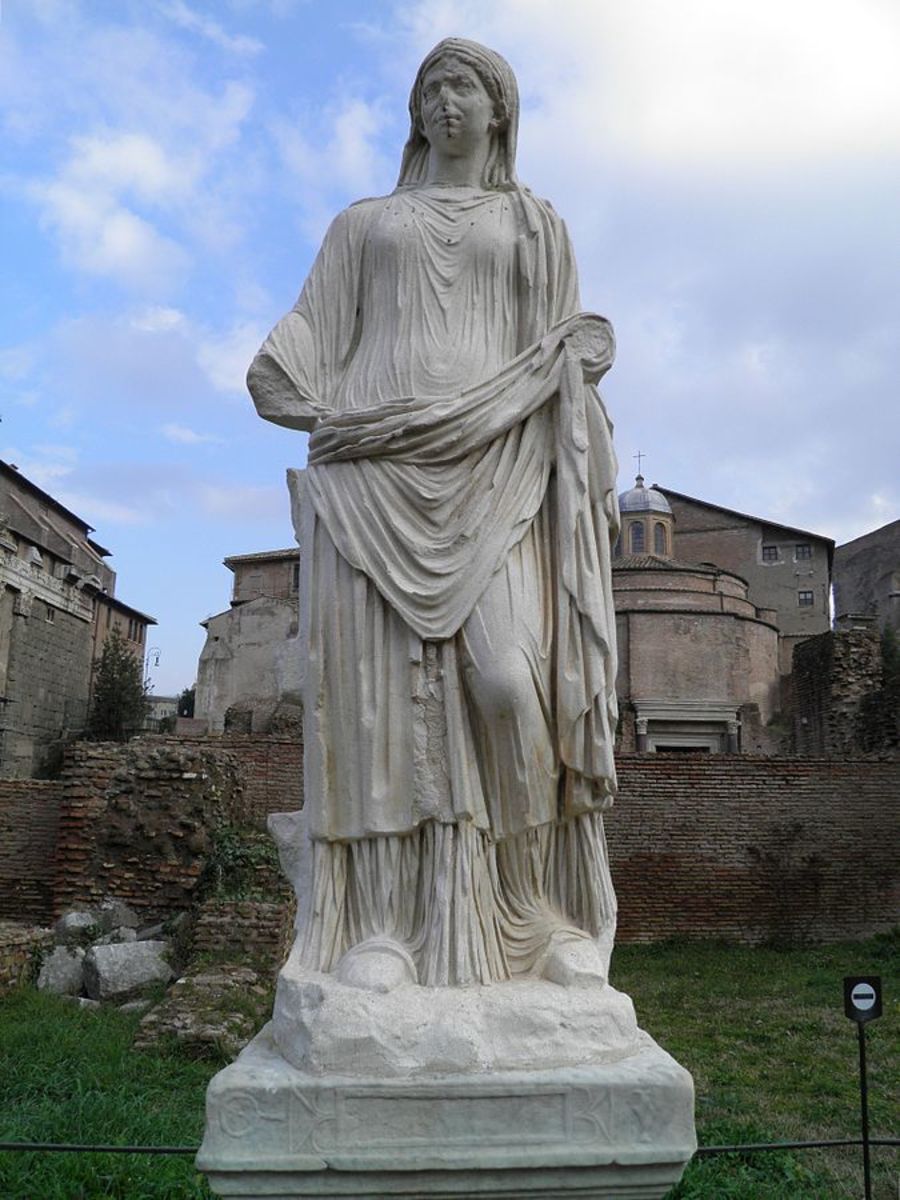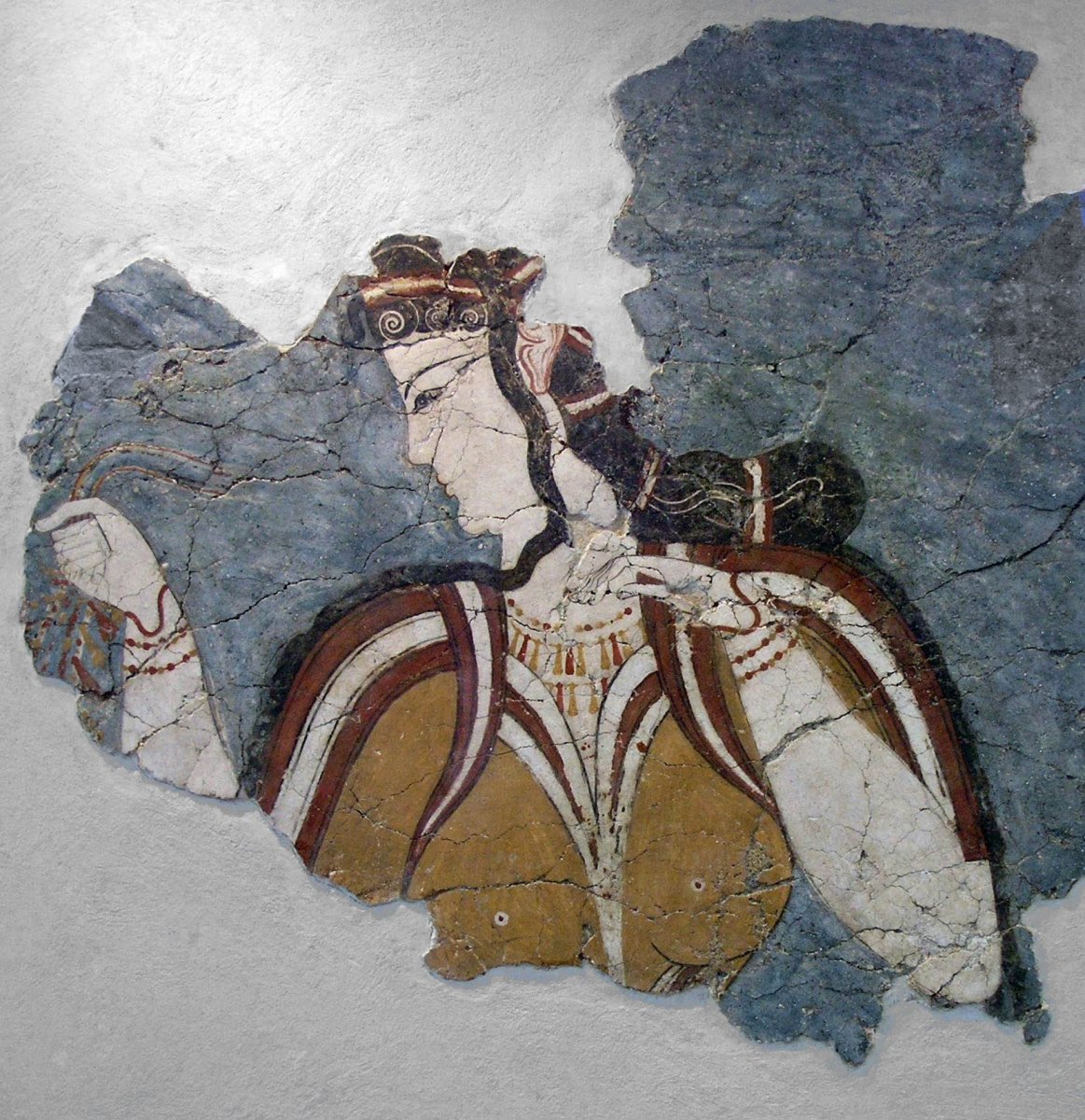First Greek Analog Computer Used by Astronomers and Sports Fans
The First Ancient Computer
Those Greeks. They gave us democracy, the Olympics, great food and famous myths. Now they are giving us mysteries to solve. The Antikythera mechanism is a metal gear that was found among the wreckage of a sunken Roman ship about 100 years ago near the island of Antikythera, off the southern coast of Greece.
Some scientists are calling it the first computer. The bronze mechanical calculating machine goes back to the year of 150 - 100 BCE. The Antikythera device was analyzed by an x-ray tomography to see all the way through the machine. Through this, researchers have come to believe the device was designed to calculate the position of astronomical objects in outer space.
Discovery of Shipwreck from 150 B.C.
Area where Antikythera device was found
The Amazing Discovery
Shortly before Easter in the year 1900, sponge divers were driven by bad weather to the southern Greek isle of Antikythera. While diving, they found an ancient sunken ship. After exploring the wreck with Greek archaeologists, they found statues made of bronze and marble. The artifacts they found were very heavy and it caused great difficulties with the dive, so the project was abandoned. Eight months afterwards, an archeologist was examining some of the bronze that was thought to be a broken statue. It turned out to be the Antikythera device.
The saltwater corroded some of the instruments and the moving parts don’t move anymore. But scientists have been able to reconstruct the machine. The Antikythera mechanism worked by using a hand crank to move the main dial that would show a specified date. The wheels and gears on the interior part of the machine would then show the position of the moon, sun, and the five planets known at that time. The Antikythera device could even take into account, the elliptical shape of the moon’s orbit around Earth.
This mechanical computer apparatus has been studied for many decades. An English science historian named Derek Price in 1959 was the first to put forth the idea that this device was used to study celestial bodies. Since then other scientists have confirmed this theory through x-rays and now 3-D scanning technology. There are more than 30 gears to help calculate the moon, planets, and stars. The overall size is 340 x 180 x 90 mm. Some of the parts, although done back in B.C. times, resemble the instruments used in clockmaking in the 1700’s. It is such a highly sophisticated device. The complex nature of its design is more advanced than cathedral clocks of medieval times.
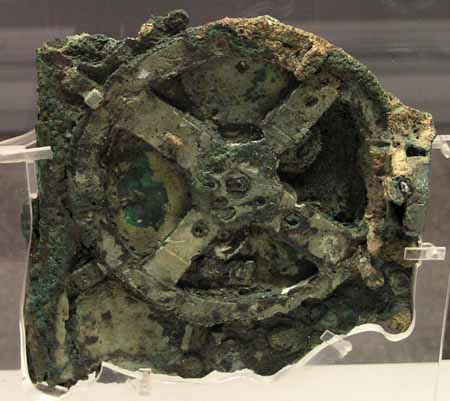
Was it a Computer to Study Stars or for Sports Fans?
It is made up of a complicated system of 32 plates and wheels. Much of the way this device worked remains a mystery, scientists do know that the mechanisms kept track of dates using a 19 year calendar, with the names of months inscribed on it. It was able to predict eclipses fairly accurately using a Saros cycle that was developed by astronomers in Babylon hundreds of years prior to the invention of the Antikythera device.
The ancient computer sits in the National Archaelogy Museum in Athens, Greece.
It is also believed that the Antikythera device helped the ancient Greek sports enthusiasts keep track of the Olympic games and other athletic competitions. When the 3-D scans were conducted, it revealed hidden inscriptions that showed a dial for keeping track of the Panhellenic games. Panhellenic games were ancient sports festivals held throughout Greece that included 4 types of games: Olympics - held every 4 years, Pythian Games - scheduled every 4 years, Nemean Games - every 4 years, Isthmian Games - done every 2 years.
Ancient Greeks Had More Knowledge than Modern Man Gave Them Credit For
The sophistication and complexity of the device shows that the ancient Greeks had a great deal of knowledge about mathematics and calculations, and that this invention was well ahead of its time. This evidence helps us see the early inventions they used to watch the night skies. Some believe this machine and its advanced technology was given to us by aliens. Some think the ancient Babylonians attributed their knowledge of mechanical engineering, astronomy, and mathematics to create this invention. Early civilizations were very interested in astronomy. Their superior ability and skill in craftsmandhip helped further greater scientific knowledge.
Greeks Were Big Sports Fanatics
These games have nothing to do with astronomy, and the discovery of the hidden texts, helped scientists realize this machine was not just invented for scientific reasons. The 3-D scans showed the name Nemea, Isthmia, Olympia, and Pythia inscribed around the mechanism’s dial. These are the names of the Panhellenic games, and other lesser know contests were displayed on the device too.
Much of Greek life in ancient times revolved around sports. Evidence from ships to cups people drank from depicted sporting scenes. The Greeks were very involved in the sports of the times.
As more of the text and inner workings of the device is revealed, some mysteries are being solved, and some make the scientists ponder more. After deciphering the month’s names, they believe the device could come from the northwest area of Greece, or the island of Sicily, which was part of ancient Greece at the time. If the device originated in Sicily, scientists started wondering if the knowledge of Archimedes had something to do with this invention. Archimedes was from Sicily and from Roman history, it is believed that he invented astronomical devices. The Roman philosopher Cicero, in a book he wrote, described a “thing” that Archimedes designed to show the sun and moon movements, and explain eclipses. It sounded very similar to the Antikythera mechanism to scientists. Even though Archimedes lived a 100 years before this particular mechanism was built, scientists believe later inventors used his knowledge.
Watch the Device in 3-D
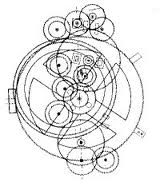
Learning About the Inscriptions
There are still unread inscriptions to be deciphered. They are in 82 fragmented pieces, so it is like a giant jigsaw puzzle for those working on this project.
This instrument could plot the positions of the sun, moon, and stars 19 years ahead, and also keep track of all of the upcoming sporting events in ancient Greece. This device was so advanced, the craftmanship involved would not be seen until 1,000 years later. The scientists working on trying to figure out what the device did, have concluded that its main purpose was used for astronomical study, and it had the added feature of a sports calendar, similar they said to a watch that can display other features besides the time. Sports were very important to the Greeks, to the point that they halted wars in order to celebrate the games. Some scientists think the device was with the sports enthusiast in mind, and they used the moon and planets as a way to forecast the upcoming games.
The Antikythera device is the forerunner of computers and many scientific instruments. For its time, it is a technological marvel, no matter what purpose it was used for.
Antikythera Mechanism Rebuilt
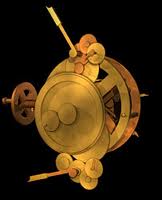
Sophisticated for its Time
This discovery is significant because nothing like this type of mechanism has ever been seen before. Prior to this finding, scientistist believed the technology, skill, and craftsmanship to build such an invention did not exist. Archaeologists knew they were able to build things with gears, but the complexity of this device is superior to what scientists thought the ancient Greeks knew. All other instruments that were discovered around that time employed much simpler gearing. The Greeks had invented a taximeter, which measured how far carriage wheels travelled.
This device can be called an analog computer because it computes, but doesn’t execute any programs. It was very sophisticated for its time. Archaeologists and scientists continue to explore this ancient computer and each time uncover more of the mystery of what it can do. It is symbolic of the pinnacle of Greek scientific technology for the time period.
The mystery remains: was this device made to study the stars and has the added benefit of sports forecasting... or.... was this device made to follow sports and coincidently helped forecast the patterns of the moon, sun, and stars?

